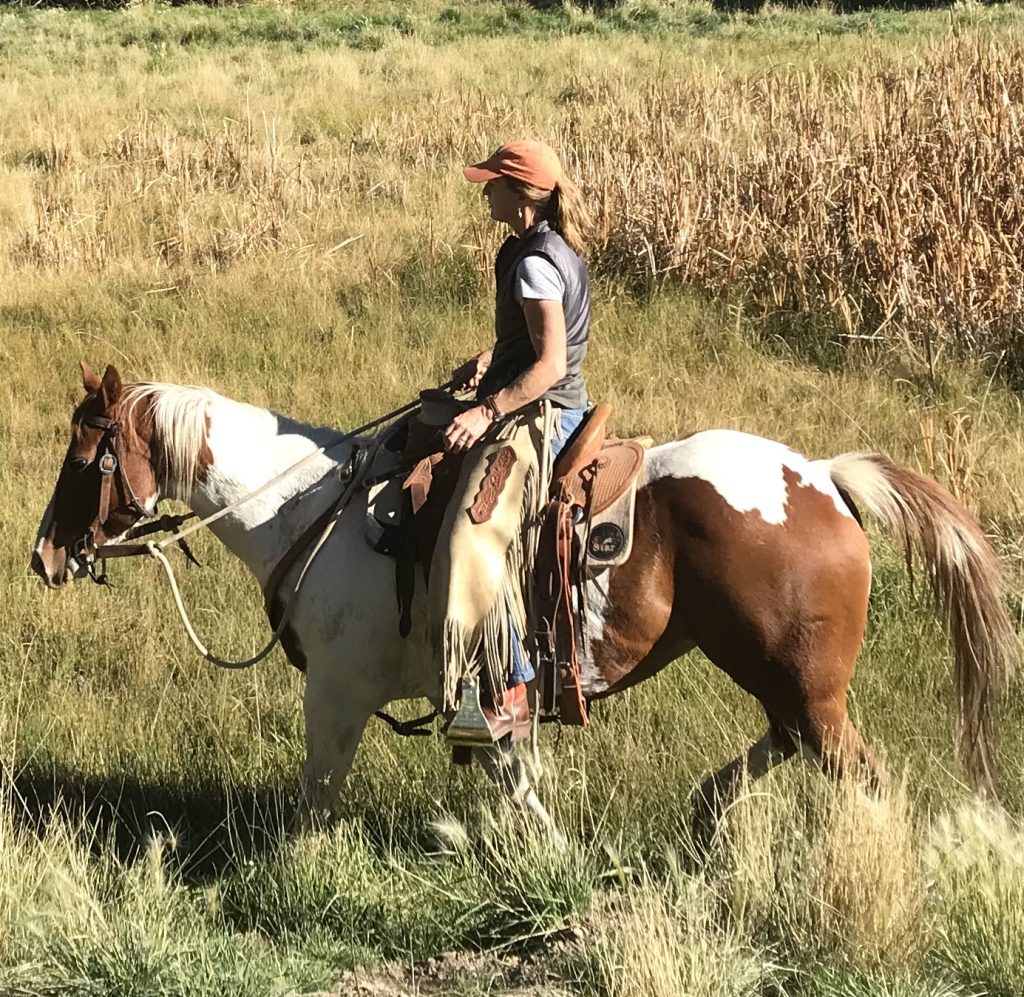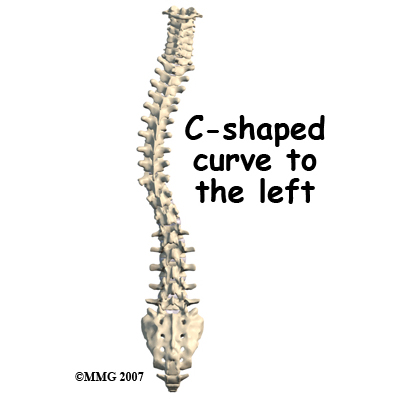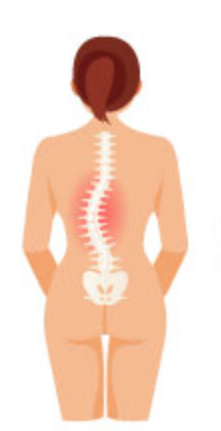 In horse work, the cause of an issue may live under layers of misunderstanding and ignorance. The effect might be obvious:
In horse work, the cause of an issue may live under layers of misunderstanding and ignorance. The effect might be obvious:
- My horse balks at the canter
- My horse drifts left
- My horse acts aggressively with other horses
Getting to the root source of these problems can be a long, convoluted challenge of awareness, education, and trial and error. The journey is rewarding, especially if the “fix” improves our horse-rider partnership.
This is a short story about a long path to address the root cause of a riding problem. My riding problem.
My horses drift left.
If you were to look at my back while I bent over to touch my toes, you’d see what appears to be a lot more muscle along the right side of my spine. You might think, as I have for years, “Well, you’re strong-but-lopsided. You must do everything with your right arm and your right side.”
I tried to compensate. I’d shovel manure, toss hay, and carry saddles with my left arm. Still, my back seemed muscle-bound to the right of my spine.
After yet another hamstring injury put an end to my running routine, I sought out the best physical therapist I could find. Maybe my asymmetry had something to do with other issues, like this hamstring pull. A Big Picture assessment was needed.
 At my initial visit, I must have sounded vague and clueless:
At my initial visit, I must have sounded vague and clueless:
- Yes, the hamstring hurts, but sometimes the pain drifts up to my gluteus maximus or forward to my quad.
- The leg didn’t hurt too much, but the pain prevented me from running. Other activities, including riding, weren’t a problem at all.
- Was I so hurt that it required seeing a physical therapist? Coming from the tough-it-out-and-don’t-complain camp so famous in my native state of Maine and in the horse world, I had guilt for even being in a doctor’s office.
Dr. Ellen Tomsic looked beyond the hamstring concern and identified the root cause: scoliosis.
Scoliosis, or curvature of the spine, is pretty common, affecting about two percent of the population. It’s more common in women than men and can run in families. You can’t cause scoliosis from carrying heavy stuff, being a competitive athlete, or having poor posture.

One example of scoliosis
My back curves left. The right side isn’t more muscular at all. When the spine curves left, it also rotates. So the right vertebrae bulge slightly out while the left side rotates in.
For years, Tomsic told me, my various muscles have been compensating for this irregularity. The psoas (deep core muscles that attach lumbar vertebrae to the femur) and hamstring, for example, have been constantly working to pull and straighten the spine.
After so much strain and overwork to compensate for the curved spine, and especially when trying to handle added activities like running, these muscles had, in Dr. Tomsic’s words, “Given up the ghost.”
Read Part II, Scoliosis and Stenosis.
Eureka!
I felt like I’d won the lottery. Sure, having scoliosis is not exactly good news. But it gave me an answer as to why, over the course of my adult life, I’ve had back and neck pain, why I’ve been susceptible to peripheral injuries like hamstring pulls, why my shoulders aren’t level. And, most importantly, it answered why my horses drift left.
Why?
Because the spine curvature and rotation results in my having more weight in my right seat bone. That translates to more right-side pressure for my horses. In turn, they tend to move off that pressure and to the left.
Physical therapy is now designed to do two things:
- Mobilize my spine (which has become rigid and tight over time)
- Strengthen my core to support the spine
I’m learning how to really, truly strengthen my core, paying attention to the deep muscles of the pelvic floor that most of us athletes neglect even while doing conventional abdominal workouts.

One example of scoliosis. There are many varieties.
I’m learning that tiny, precise exercises to address weaknesses and rigidity can be wwaayy harder than the standard routines I’ve known so well.
“If bigger, better, stronger, faster were the answer, you wouldn’t be here,” said Tomsic. Lots of athletes run, ride, hike through pain. We think things will work themselves out. Until we can’t anymore.
Drilling down to address the root cause of any issue is not like taking a course of antibiotic. The investment and attention is deeper and more protracted. It’s more like making a life choice to be a healthier eater. These exercises will need to be incorporated into my daily life forever. It’s a task I’m happy to do, especially if it means better athleticism and connection with my horse.
Excellent point! Sometimes there’s nothing amiss with your horse, it could be You, the rider! During one of my lessons on Daisy she just wouldn’t go forward, no matter what I did. My usually calm and composed trainer was getting frustrated, and so was I. As soon as I jumped off Daisy, I knew the problem; I desperately needed an adjustment! My lower back was hurting, which made my whole seat very heavy, telling Daisy “Stop!”. She was doing exactly as my body told her! A trip to my chiropractor set me right. As a massage therapist I use my work to help rider’s bodies release the chronic tension patterns leading to many imbalances in the saddle that lead to mis-communication.
I’m so glad you found this out so that you can work at correcting and strengthening that will benefit you and your riding! I’d say everyone is compensating somewhere in their body. Identifying is the first step.